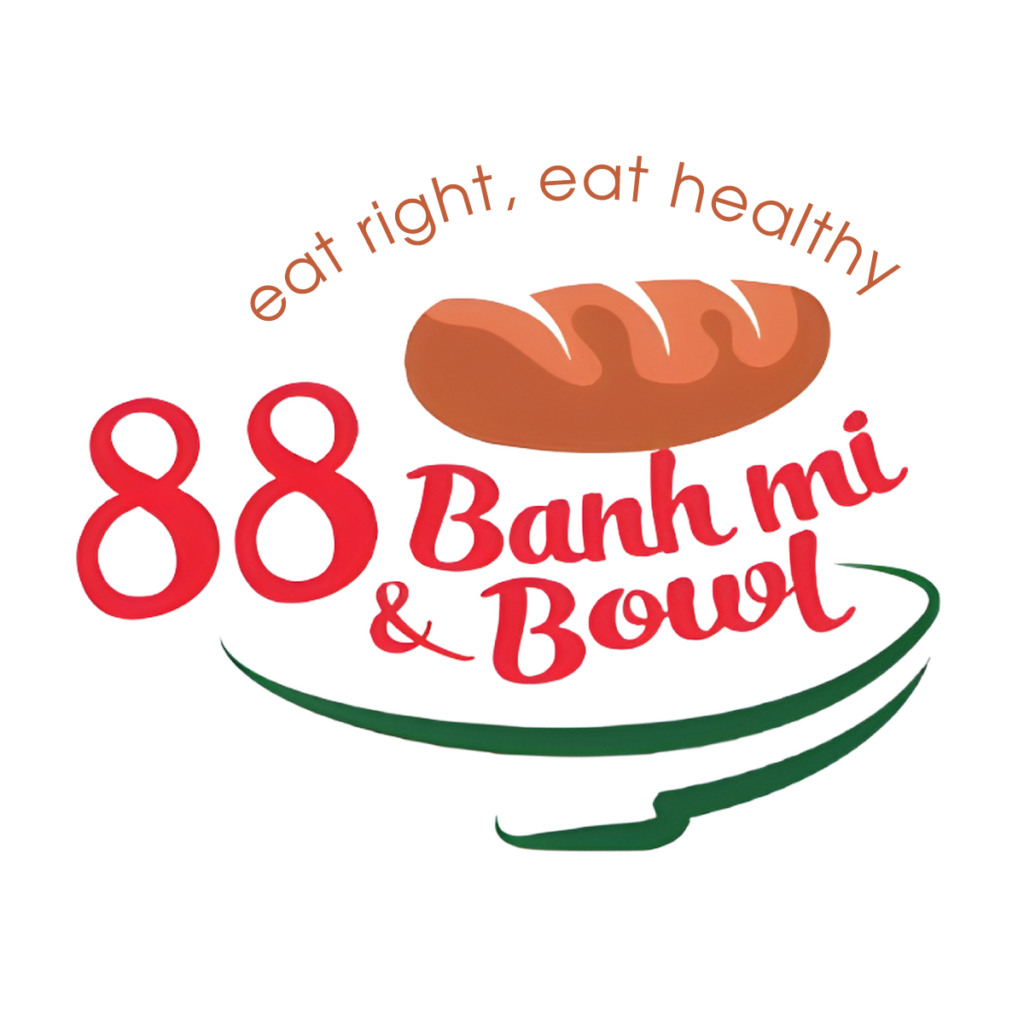No products in the cart.
Catering Services
Butter Croissant – Bánh Sừng Trâu Bơ: The Golden Delight of French and Vietnamese Bakery Cultures
Butter Croissant – Bánh Sừng Trâu Bơ: The Golden Delight of French and Vietnamese Bakery Cultures
The world of pastries is vast and diverse, filled with delightful and irresistible creations. Among the many options, one of the most beloved treats worldwide is the butter croissant, also known as Bánh Sừng Trâu Bơ in Vietnamese. Whether you’re enjoying it with a warm cup of coffee in Parisian cafés, or savoring it as part of a vibrant Vietnamese breakfast, the butter croissant has become an iconic symbol of indulgence and simplicity.
In this article, we will dive into the history, cultural significance, preparation, and reasons why butter croissants or Bánh Sừng Trâu Bơ have earned a special place in the hearts of food lovers globally. From its flaky layers to the delicate, buttery taste, we’ll explore what makes this croissant so beloved, and why it’s a must-try pastry for anyone with a sweet tooth or an appreciation for fine baking.
What is a Butter Croissant? – The Essence of Bánh Sừng Trâu Bơ
The butter croissant, or Bánh Sừng Trâu Bơ in Vietnamese, is a soft, flaky pastry that originated in France and has spread around the world, from Western countries to Southeast Asia, including Vietnam. It is crafted from layers of puff pastry dough that are delicately folded with butter to create thin, airy layers. When baked, it turns golden-brown and crisp on the outside while remaining tender and buttery on the inside.
The Name: Bánh Sừng Trâu Bơ
In Vietnamese, Bánh Sừng Trâu Bơ translates to “Butter Croissant.” The term “Bánh” means cake or pastry, and “Sừng Trâu” translates to “buffalo horn”—a fitting name for the shape of the croissant, which resembles the crescent shape of a buffalo horn. The addition of Bơ signifies butter, which is a key ingredient in making the croissant rich, flaky, and flavorful.
In French, this delightful pastry is simply called a croissant, derived from the French word for “crescent,” referring to its characteristic moon shape.
The History of the Butter Croissant – From Vienna to Paris and Beyond
The history of the butter croissant is a fascinating blend of cultural exchanges, with roots stretching far beyond France. While today’s croissant is widely associated with French patisseries, it actually traces its origins to Vienna, Austria.
The Origins in Vienna
The story of the croissant begins in the 17th century in Vienna, Austria. Legend has it that the pastry was inspired by the Ottoman Empire’s failed siege of Vienna in 1683. According to one story, the bakers of Vienna, upon hearing the sounds of the Ottoman army tunneling under the city walls, decided to create a pastry in the shape of the crescent moon, which symbolized the Ottoman flag. After the siege was successfully repelled, the crescent-shaped pastry became a symbol of victory and resilience.
This pastry, known as kipferl, evolved over the centuries and eventually made its way to France, where it was adapted and perfected into the buttery, flaky version we know today as the croissant.
The French Transformation
While the croissant had its beginnings in Vienna, it was in France where the butter croissant truly came into its own. In the early 19th century, a French baker named Sylvain Claudius is credited with transforming the kipferl into the modern croissant. This transformation involved using butter and layering the dough to create the signature flaky texture. The introduction of butter helped elevate the croissant from a simple pastry into a rich, luxurious treat, making it an instant hit in Parisian patisseries.
In 1837, the French pastry chef Sylvain Claudius is said to have perfected the method of making croissants, introducing them into the hearts of French culture. From there, croissants gained popularity across Europe, spreading worldwide. Eventually, the butter croissant became a quintessential part of French culture, particularly during breakfast, paired with coffee or hot chocolate.
The Science Behind the Perfect Butter Croissant
Making the perfect butter croissant or Bánh Sừng Trâu Bơ requires skill, patience, and an understanding of the dough’s chemistry. The beauty of a croissant lies in its flaky layers, which are created through a technique known as lamination.
What is Lamination?
Lamination is the process of folding and rolling dough and butter together to create multiple layers. Here’s how it works:
- The Dough: The base dough for a croissant is typically made from flour, water, sugar, salt, yeast, and a small amount of butter. The dough is allowed to rise through fermentation, which helps develop flavor and elasticity.
- Butter Layering: The dough is then rolled out into a large rectangle, and a layer of cold butter is placed on top. The dough is folded over the butter, and then rolled out again. This process is repeated multiple times, creating hundreds of thin layers of dough and butter.
- Baking: When the croissant is baked, the steam created by the layers of butter causes the dough to puff up, creating the croissant’s signature flakiness. The butter inside the dough also gives the croissant its rich, tender texture.
The Role of Butter in a Croissant
Butter is arguably the most important ingredient in a butter croissant or Bánh Sừng Trâu Bơ. It is responsible for creating the rich flavor and flaky texture that make croissants so irresistible. High-quality unsalted butter is typically used in croissant dough, as it allows the baker to control the salt content and enhances the delicate flavor of the croissant.
The Cultural Significance of the Butter Croissant – Bánh Sừng Trâu Bơ Around the World
The butter croissant has transcended its humble origins, becoming a beloved pastry that is enjoyed worldwide. Each country has adopted and adapted the croissant to fit its own culinary traditions, and Bánh Sừng Trâu Bơ holds special meaning in both French and Vietnamese cultures.
Croissant in French Culture
In France, the croissant is an iconic symbol of French breakfast. It is commonly served with jam, butter, or even chocolate and paired with a cup of coffee or hot chocolate. The croissant is often seen as a morning ritual, something to enjoy with family or friends in the comfort of a French café.
The French are so dedicated to the croissant that they even have a specific holiday for it: National Croissant Day, celebrated on January 30th each year. On this day, bakeries across the country offer freshly baked croissants and special deals to celebrate this flaky, buttery pastry.
The Vietnamese Adaptation: Bánh Sừng Trâu Bơ
In Vietnam, the butter croissant or Bánh Sừng Trâu Bơ has found a home in the bustling streets of Hanoi and Ho Chi Minh City. Vietnamese bakeries, influenced by French colonialism, have adopted the croissant and made it their own, incorporating local ingredients and flavors.
In Vietnam, Bánh Sừng Trâu Bơ is often enjoyed as a quick breakfast snack, filled with sweetened condensed milk or a generous spread of butter. It’s also commonly paired with a cup of Vietnamese coffee or milk tea. The light, buttery taste of the croissant is the perfect complement to the strong, bold flavors of Vietnamese coffee.
Vietnamese bakeries also make savory croissants, filled with ham, cheese, or even egg—a delicious twist on the traditional croissant that caters to a variety of tastes.
How to Make a Perfect Butter Croissant at Home
While baking the perfect butter croissant or Bánh Sừng Trâu Bơ might seem daunting, with the right ingredients and patience, you can recreate this flaky, buttery treat in your own kitchen. Here’s a step-by-step guide to help you make croissants from scratch:
Ingredients:
- 4 cups all-purpose flour
- 1/4 cup sugar
- 1 tablespoon salt
- 1 tablespoon active dry yeast
- 1 1/2 cups cold unsalted butter
- 1 cup milk (lukewarm)
- 1 egg (for egg wash)
Instructions:
- Prepare the Dough: In a mixing bowl, combine the flour, sugar, salt, and yeast. Add lukewarm milk and mix to form a dough. Knead until the dough is smooth, then cover and let it rest for about 1 hour.
- Prepare the Butter: Place the cold butter between two sheets of parchment paper and pound it with a rolling pin until it forms a thin, square layer about 1/4 inch thick. Chill it in the fridge until ready to use.
- Lamination Process: Roll out the dough into a rectangle, and place the butter in the center. Fold the dough over the butter and pinch the edges to seal. Roll out the dough again into a larger rectangle and fold it into thirds. Repeat this process 3-4 times, chilling the dough between folds.
- Shape the Croissants: After the final fold, roll the dough out into a large rectangle. Cut it
into triangles, and roll them up from the wide end to form the classic croissant shape.
- Proof and Bake: Place the croissants on a baking sheet, brush them with an egg wash, and let them proof for 1-2 hours. Bake in a preheated oven at 375°F for 15-20 minutes, until golden and flaky.
Conclusion: Why You Should Try Bánh Sừng Trâu Bơ – Butter Croissant
The butter croissant or Bánh Sừng Trâu Bơ is a timeless pastry that has won the hearts of people across cultures. Its perfect blend of buttery richness and flaky texture makes it an irresistible treat for breakfast, brunch, or as a snack anytime during the day.
Whether you enjoy it in the heart of Paris, the vibrant streets of Hanoi, or at a local bakery near you, the croissant is a reminder of the beauty of simplicity and tradition in baking. It’s not just a pastry; it’s a symbol of history, culture, and the joy of indulgence.
So next time you’re craving a delicious, flaky treat, grab a butter croissant and let the layers of butter, dough, and tradition take you on a mouthwatering journey!

